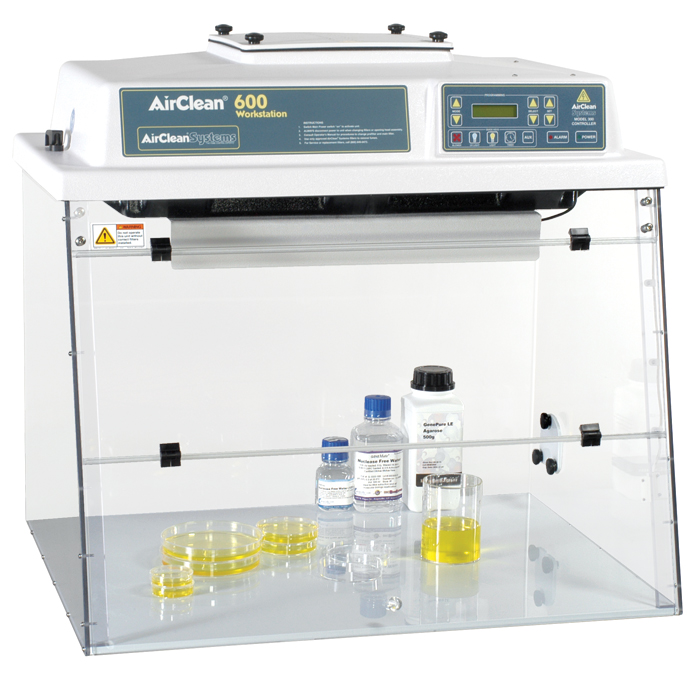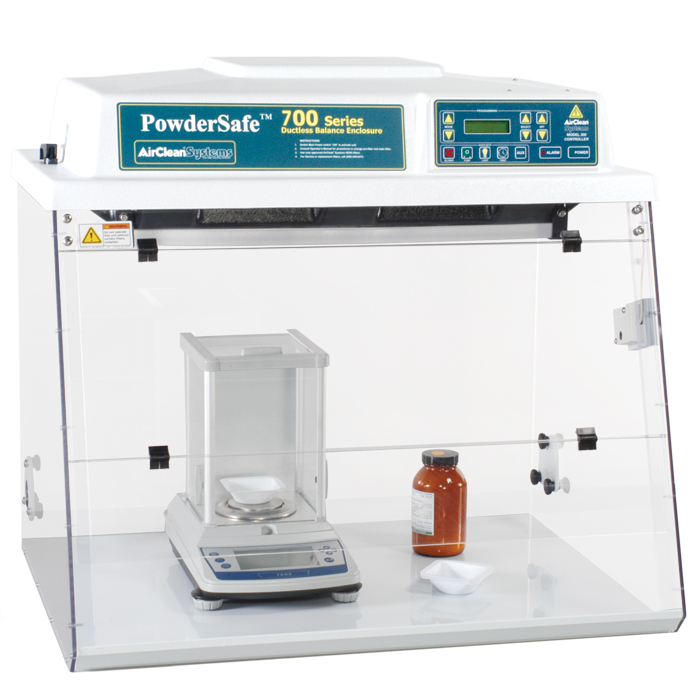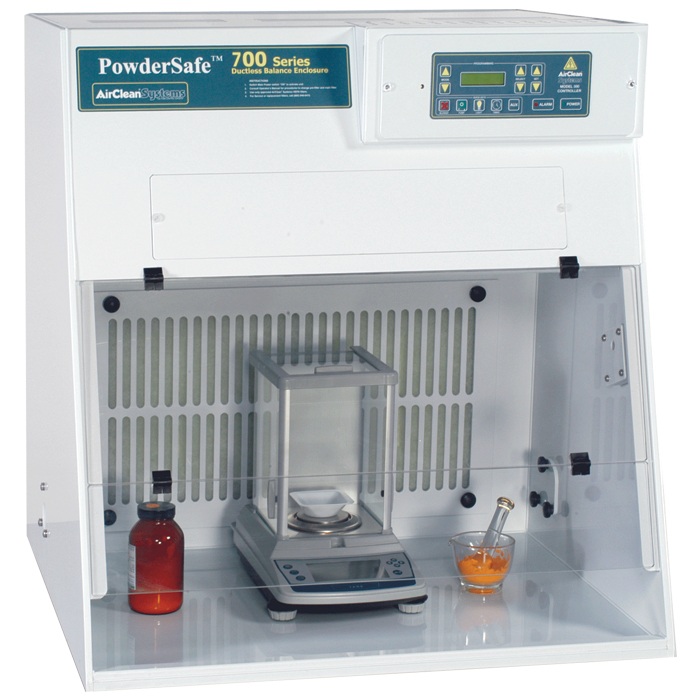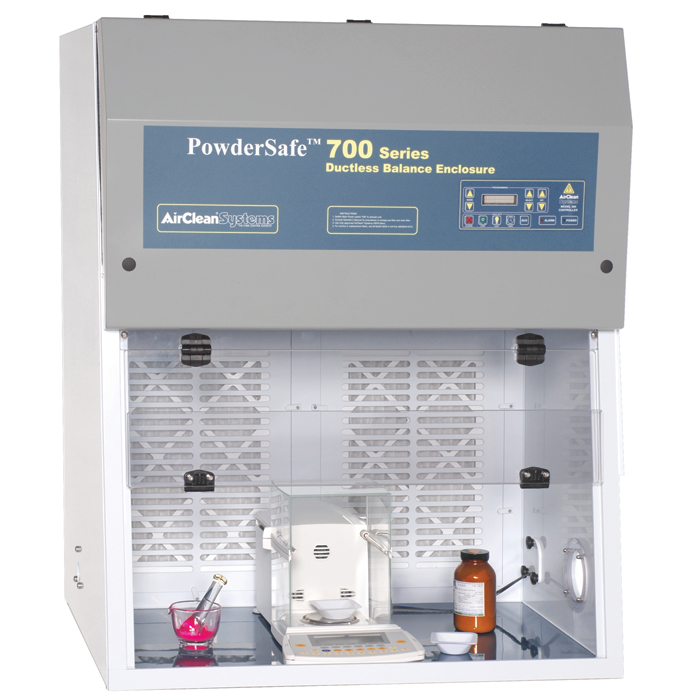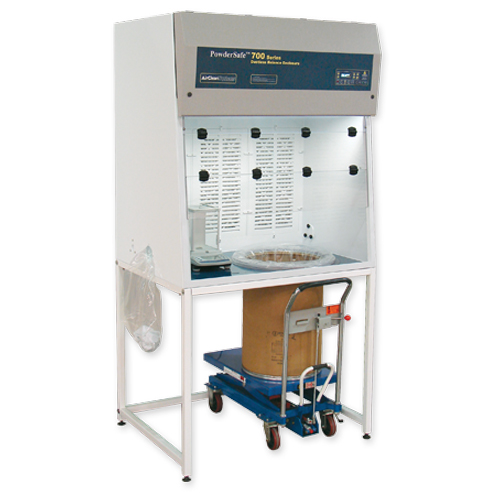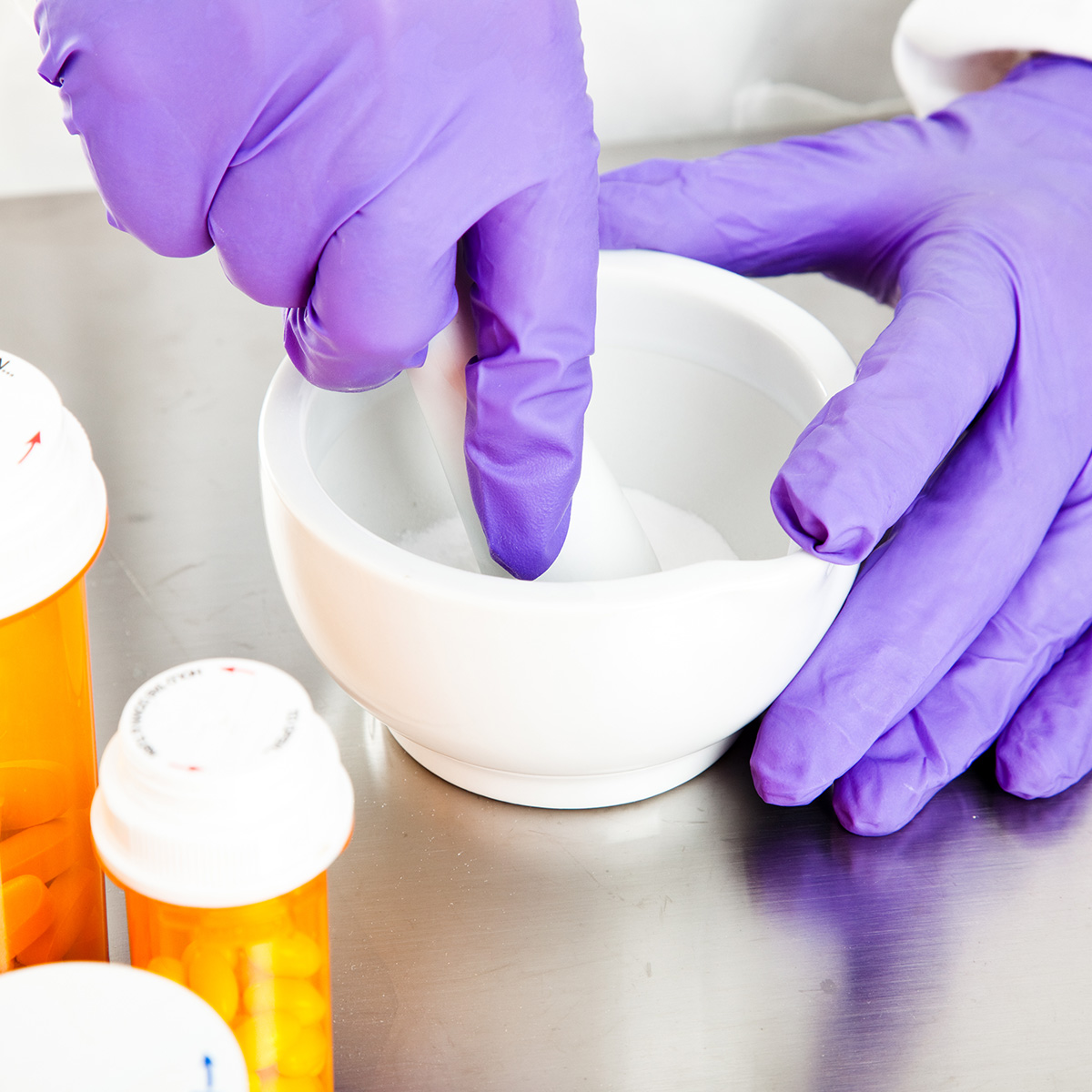
Bioidentical Hormone Replacement Therapy and Compounding Pharmacies
Hormone replacement therapy was developed to alleviate symptoms associated with perimenopause and menopause, and other conditions resulting from loss of estrogen, progesterone and testosterone. Several FDA-approved products containing conjugated equine estrogen medroxyprogesterone acetate were developed1 and widely used. In 2002, the Women’s Health Initiative study reported increased risk of breast cancer, cardiovascular disease, stroke and deep vein thrombosis associated with these products, when compared to a placebo2 leading many people to seek alternative therapies. Bioidentical hormone replacement therapy (BHRT) emerged in response to these concerns.
What Are Bioidentical Hormones?
Bioidentical hormones refer to compounds, often plant-derived, that have a chemical or molecular structure identical to endogenous human hormones3. Currently, there are some FDA-approved plant-derived formulations (e.g. 17β-estradiol) for BHRT that are available as pills, creams, gels, patches, sprays, injections, and implants. However, some patients may be allergic or sensitive to ingredients found in FDA-approved preparations. Other patients may require alternative doses of bioidentical hormones to alleviate symptoms with minimal side-effects. These patients may be prescribed compounded bioidentical hormones, which can include 17β-estradiol, androsterone, testosterone, and/or progesterone sourced from plants.
Non-Sterile Compounding of Bioidentical Hormones
Drug compounding is the process of mixing or combining two or more drugs to create a medication specific for an individual patient’s needs. Custom compounded bioidentical hormone preparations are not FDA-approved. However, the United States Pharmacopeia (USP) sets standards for compounding pharmacies that prepare compound bioidentical hormones and other therapies. Compounding practice standards are detailed in USP 7954 for non-sterile compounding and USP 7975 for sterile-compounding. Non-sterile compounding includes most topical medications (e.g. creams, gels, patches) as well as pills or tablets. It is at the discretion of the pharmacy to determine if non-sterile products must be compounded within a containment enclosure or biological safety cabinet to prevent contamination of the operator, environment, or compounded preparation. However, hazardous medications, whether sterile or non-sterile, must be compounded using a primary engineering control that meets the specifications stated in USP 8006, a USP standard for handling hazardous drugs within healthcare settings. Most, if not all, bioidentical hormones used for hormone replacement therapy are considered hazardous7 and must be compounded within a proper containment enclosure such as a ductless hood. A ductless hood with a horizontal laminar flow, where air is pulled into the hood through the sash and across the workspace can protect the operator from hazardous drugs during non-sterile compounding. The contaminated air then moves to the top and/or back of the hood where it is filtered prior to exhaust into the room. USP 800 requires that hoods used to handle hazardous drugs must have redundant high-efficiency particulate air (HEPA) filters in series, if not externally vented. Some applications may require additional filters. For BHRT compounding that requires large amounts of powder handling, a ductless hood designed specifically for powder containment may be beneficial.
Sterile Compounding May Require Operator and Process Protection
Sterile compounding requires the compounded preparations to remain sterile because the medications, such as injections or implants, may be expected to come in direct or indirect contact with sterile tissue. USP 797 for sterile compounding requires that compounding activities are completed with the use of a primary engineering control such as a laminar flow hood that provides ISO Class 5 air quality metrics, or better, when in use. Sterile compounding of non-hazardous medications may be completed in a laminar flow hood with vertical or horizontal laminar flow, though a horizontal laminar flow hood may be more advantageous for weighing compounds. In these hoods, air from the room enters the hood via the top or back panels and travels through a HEPA filter prior to reaching the workspace. The air is then exhausted through the front sash near the operator. Sterile compounding of hazardous medications, such as bioidentical hormones, should not be completed within this type of laminar flow hood, as the process requires an airflow design that protects both the operator and the compounding process.
References:
- 1. Kohn, G. E., Rodriguez, K. M., Hotaling, J., & Pastuszak, A. W. (2019). The History of Estrogen Therapy. Sex Med Rev, 7(3), 416-421. https://www.ncbi.nlm.nih.gov/pmc/articles/PMC7334883/
- 2. Rossouw, J. E., Anderson, G. L., Prentice, R. L., LaCroix, A. Z., Kooperberg, C., Stefanick, M. L.,…Investigators, W. G. f. t. W. s. H. I. (2002). Risks and benefits of estrogen plus progestin in healthy postmenopausal women: principal results From the Women's Health Initiative randomized controlled trial. JAMA, 288(3), 321-333. https://jamanetwork.com/journals/jama/fullarticle/195120
- 3. Files, J. A., Ko, M. G., & Pruthi, S. (2011). Bioidentical hormone therapy. Mayo Clin Proc, 86(7), 673-680. https://www.mayoclinicproceedings.org/article/S0025-6196(11)60072-4/fulltext
- 4. https://www.usp.org/compounding/general-chapter-795
- 5. https://www.usp.org/compounding/general-chapter-797
- 6. https://www.usp.org/compounding/general-chapter-hazardous-drugs-handling-healthcare
- 7. NIOSH. (2016). NIOSH list of antineoplastic and other hazardous drugs in healthcare settings, 2016. By Connor TH, MacKenzie BA, DeBord DG, Trout DB, O’Callaghan JP. Cincinnati, OH: U.S. Department of Health and Human Services, Centers for Disease Control and Prevention, National Institute for Occupational Safety and Health, DHHS (NIOSH). Publication Number 2016-161. https://www.cdc.gov/niosh/docs/2016-161/default.html

